Nomadic living with alia kate
Written By Kelley Mullarkey
From living in communal homes with families in Senegal to working with Morocco’s female weavers in the sleepiest of towns, Alia Kate is a pioneering force. Travel for her is about gaining new perspectives and learning more about how people live in unity with those around them. Bringing together sustainability and community, her company Kantara imports fair-trade Moroccan rugs directly from women living throughout the Middle and High Atlas mountains in the rustic villages of Morocco.

What’s your earliest memory of traveling?
I don’t often think about my earliest memories of traveling, but when I do, they feel like surreal scenes out of someone else’s movie. One of my first travel experiences was when I was six years old and I went with my mom to the Casamance region in southern Senegal. We were staying in sandy remote villages, living in communal homes with families that my mom knew from her Peace Corps days, eating with our hands, and participating in community events.
I remember that everything was new and foreign, from the way people lived, to how they danced, to what they ate. I remember chickens running around freely in the dusty desert-like yard, only to become dinner a few hours later, I remember multiple wives living under one roof, cora instruments made from gourds that would make melodic tunes after dark, and I remember sitting around in circles, shucking peanuts by the handful with the matriarchs of the village. As I grew older I continued to travel, and it was mostly international, to places that were off the grid and wildly different than my home back in the Midwest.
I grew up in the Midwest as well. My earliest travel memories are of road trips, filling out Rand McNally travel planners in our family’s van. Did you ever go on road trips as a child?
When I was home in the Midwest my favorite road trip destination would be to my cabin in the Upper Peninsula of Michigan, right on the edge of Lake Superior. You’ve heard all the Yooper jokes and people do talk a little like they are in the movie Fargo, but it is a breathtakingly beautiful place with a rich history in the copper mining and shipping industries that give the place a simple rugged character that is quite unique to the region.
Later, when I was 10, we lived abroad, in Indonesia and Cameroon and our road trips became a bit more atypical. I was homeschooled and much of my education was drawn from meeting local people and discovering new places. Hitting the road was a frequent and integral part of my education and our road trips varied immensely, one from the other. On one trip we took multiple busses and a boat to get from Yogyakarta, where we were living to Bali, crossing from Buddhist and Muslim lands into the heart of Indonesia’s Hindu culture. On another, somewhat ill-fated trip we traveled on dirt roads from Yaounde out to the border of the Central African Republic, only to turn around quite suddenly in the middle of the night for a medical emergency and drive back home.
Needless to say in my formative years I spent a lot of time on the road, transversing paths between the familiar and the unknown. And it has carried over – to this day, I find a lot of excitement in being on the road while exploring new places, and meeting new people. At the same time, I also revel in the comfort and solace of traveling through familiar places and getting the opportunity to see it through new eyes.
From road trips to Senegal, Indonesia and Cameroon you’ve trekked all across the globe. Morocco is such a vibrant country. What originally drew you there? How did you discover your passion for Morocco?
The first time I went to Morocco, it was 2005 and I was living in Barcelona. In the spirit of my more run and gun youthful travel experiences, I did minimal planning for this trip, and had very few expectations; my Morocco plan was to meet up with a friend in Sevilla, take the ferry across to Tangiers, and then….? That’s as far as we had planned, really. At that point in my life, I decided on my destinations by opening a map and blindly placing my finger on it. Travel plans were further hashed out by speaking to people I met along the way and following my own guy instinct.
It was no surprise then that Morocco threw me for a loop- it was a real challenge despite the fact that I already spoke French. You could say that from the minute we got off the ferry in Tangier, we were immediately swept up into a whirlwind of every Moroccan cliché you could imagine. My friend and I got the ‘mint tea’ treatment everywhere we went, we sat through several rug bazaar experiences, we had men offer us camels for our hands in marriage, and we even got taken to the desert by ‘Berber Blue Men’ in a harrowing tale that would make my mother cringe and Paul Bowles smirk in his grave at our naiveté. We came, we saw, but far from conquer, we snuck out, tail between our legs, not quite sure of what had just happened to us.
Which is most likely why I had to go back. I felt like for that first experience in Morocco I was ill prepared – I remember feeling frustrated at my inability to communicate with women and children despite being fluent in one of their national languages. I recalled this strong urge to dig away, below the surface of the shiny touristy veneer and experience the true Moroccan hospitality and authenticity. At the time, it boiled down to a communication problem. I went home and studied a little bit of Arabic and then when the time was right, I got a job, and headed back to Morocco, this time a bit more prepared and a lot more focused on what I wanted to accomplish.
It didn’t take long before I discovered my passion for Morocco. Located at the confluence of the African, Iberian, and Muslim worlds, Morocco is a country of many truths, with an unparalleled richness of history, culture, and religion, and a complexity born from its many languages. A lot has changed between that first trip to Morocco and my current buying trips, but one thing that remains the same is that I continue to travel with an open mind, ready to learn and absorb everything that the country and its people have to teach me.
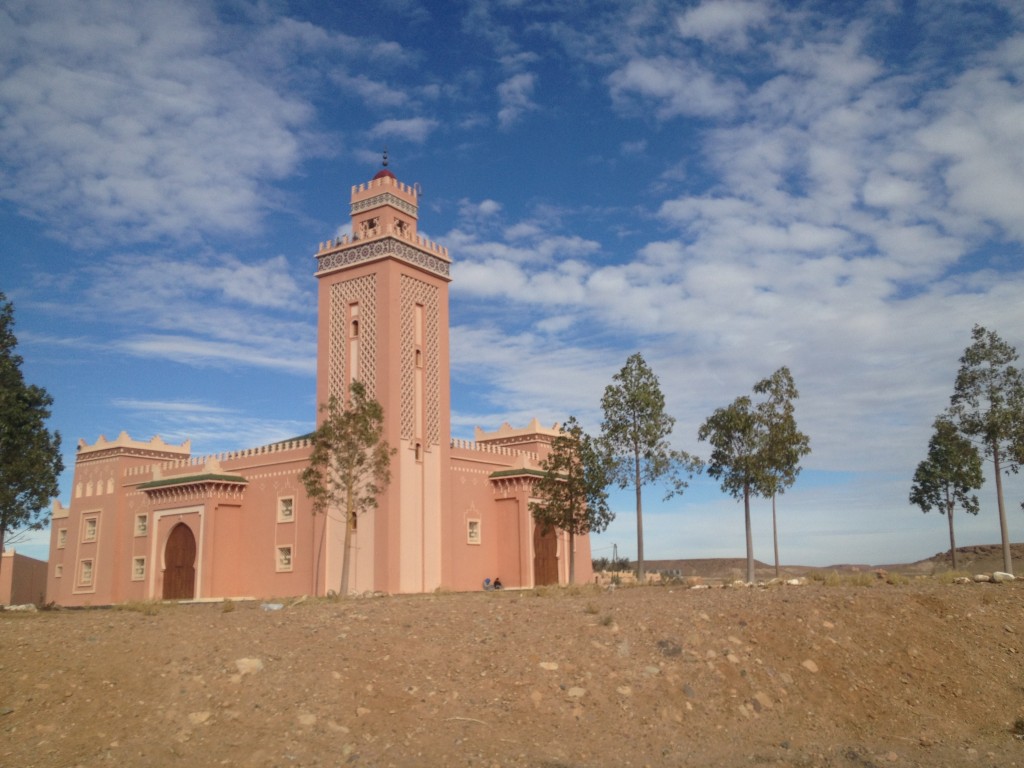
How did this evolve into your career?
I moved to Rabat in 2006 to work for a management consulting firm. In the first few months that I was in Morocco, I traveled extensively between all of the major cities, and what continued to nag at me was this sense of intrigue for how the folks in the rural areas lived. I would see them sitting next to their mud brick houses, or bouncing away on the backs of donkeys, or washing clothes down by the river, but I had no idea about how they lived, and subsisted, and survived. I wanted to know what happened outside of the flashy tourist destination of Marrakech and the stoic cultural center of Fes, and the bright lights hustle of Casablanca.
Soon enough I had my chance to get that glimpse into the other side. An opportunity presented itself for me to visit a rural village and stay with a friend’s extended family in their mud brick village. Simply put, it was a life changing experience. What struck me most was the prevalence of weaving in the women and children’s daily lives. Every home I visited had a loom in it, most families raised sheep for their wool, and all homes had a floor-to-ceiling stack of blankets and rugs woven by the women that served as their nomadic beds and furniture and warmth in the cold desert nights.
Within a short time of arriving I noticed how prevalent weaving was in the village and how integrated it was within everyone’s chores and daily existence. At a time when I was still trying to communicate with women and children through broken French and Arabic, weaving represented a way for me to communicate with the women and children directly, allowing me access to Morocco’s most rural population. To make a long story short, it was that first trip to the village that sparked my interest and stuck with me as I returned to Rabat and finished my consulting contract. At that point I moved back to the States and deciding to try something new, I founded Kantara.
The name Kantara means “bridge” in Arabic and the ethos of your business is deeply rooted in ethical and fair trade practices. Can you describe the design process between you and the artisans?
Just like I had to learn to speak Arabic in order to be accepted within these rural communities, I quickly learned that if I were to be making orders from the States, I would need to establish a language that I could use to communicate my designs to the artisans.
My challenge was to find a mode of communication that could be translated from my Adobe Suite high-tech designs in Brooklyn to their rural villages in Morocco. I needed something that would do the trick despite the fact that most of the women I work with are illiterate and even fewer have access to internet.
Currently I place my orders using a mix of modern technology and cloud-based infrastructures. With WhatsApp, Skype, and Adobe, I am able to translate complex ideas into a visual storyline that encompasses texture and style and character. I work with the artisans year-round, embracing our iterative design process where we constantly strive to improve our communication and the end product.
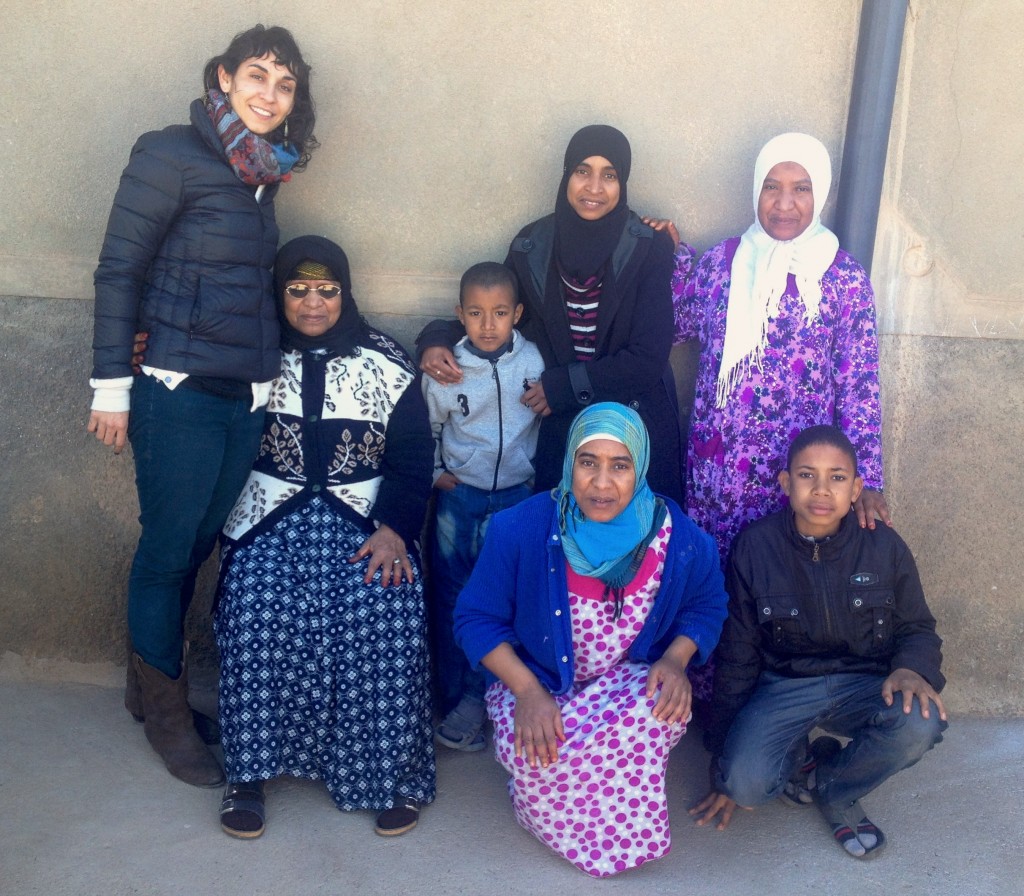
What do you find inspiring about the people of the Atlas Mountains and these remote villages?
I am inspired by how they live- it’s so simple and so connected to the land. Moroccans have a wisdom that is deep and transcends much of my liberal arts book learning. They know how to work the land, and how to make their own clothing, and build their own houses. They know how to stay warm when it’s cold outside, and how to irrigate their fields to maximize on small amounts of water during drought years. They know how to make delicious desserts and they welcome strangers into their homes with the utmost hospitality despite their humble means.
They live in highly integrated social networks where the lines between family and friend and coworker is blurred. They know about crops, and animal husbandry, and subsistence farming. They know about natural medicine, and art and design, and child rearing. Their unique blend of Muslim religion and Amazigh tradition permeates everything.
The time I spend with them every year is a gentle reminder to live more simply, to live more fully, and to seek out that connection to the core value and root of what matters most.
What’s the spirit of Moroccan weaving like?
In a country where the majority of rural women are illiterate, weaving has survived without textbooks or trade schools for generations. Older women weavers who train the younger, unwed girls have always passed down the skills orally. This transference of knowledge where the young apprentices learn the skills and take the reins is critical for the strength and survival of weaving as a cultural patrimony in Morocco.
A woman’s journey from apprentice to master weaver very much mirrors her path from unwed girl, to adolescent apprentice, to married weaver. They say the first rug a woman weaves is her dowry rug. As can be expected in a society where a woman’s path to master weaver parallels her growth within the Moroccan family unit, weaving is very much connected to cultural and religious traditions. I’ve read some accounts that liken the loom to a womb and the weaving to a child; this only serves to contextualize the traditions built around the beginning of the weaving process and the end of the process wherein the women cut the woven rug off the loom, effectively giving birth to a finished piece. Not surprisingly, before beginning to weave, the women will say a quick prayer, bismillah, literally, in the name of god, to ensure good fortune and presumedly to protect the progress of the rug while it is still in its fragile gestation period.
In this way, weaving in Morocco is a living thing– it is an ancient art form that is rooted in tradition and tribal boundaries, but not confined by the past. Incredibly, it manages to transcend time, adapting to the modern age and creating new patterns of expression that are now recognized worldwide as part of the Moroccan lexicon of weaving.
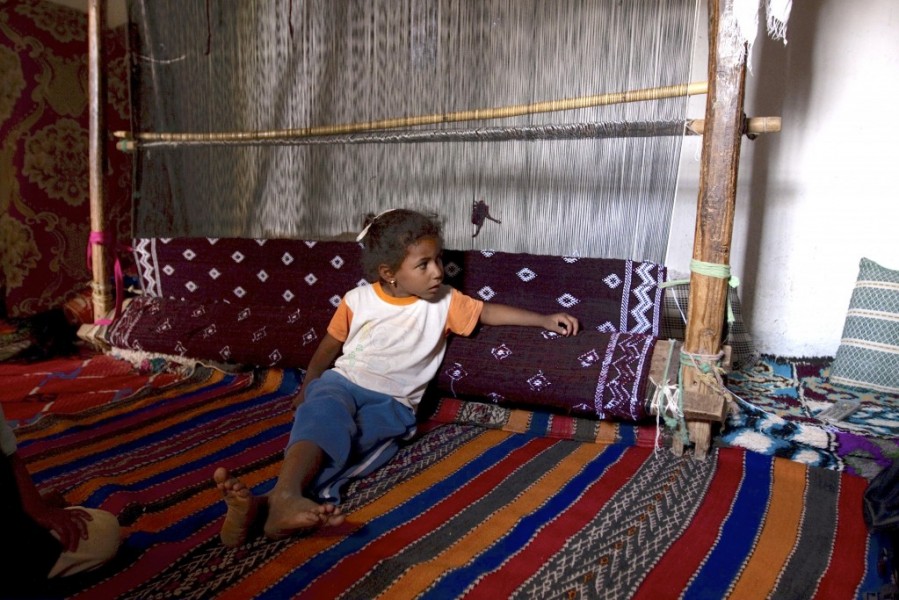
You’re constantly going back and forth to Morocco. Do you always have a packed suitcase by your front door?
More than you can guess.
That being said, the more I travel to countries that place such high value and import on tradition, space, and on the concept of the ‘home’, the more I adapt to the same notions and beliefs chez moi.
In spite of my restless feet, my home is my oasis in the middle of the chaos that is New York. I moved to Bushwick many years ago, before it began its march towards gentrification. The Puerto Rican neighborhood that I found myself in immediately felt like home, and over the years my apartment has assumed traces of my style, which is heavily influenced by modern and functional design.
We all travel for different reasons. Given all your experiences how important is it for you to be nomadic and travel to understand the world better?
I travel more than most people I know and I started when I was relatively young. I was told from early on that if I kept my mouth shut and did not give away my American accent, I would blend in with most people in the countries I visited. This appealed to me as I was a shy traveler, nervous to draw attention to myself. So I did just that– I kept my mouth shut and observed how people interacted with each other, how they set up social hierarchies, and how culture, art, religion, and tradition played a role within their social dynamics.
As I grew older, I became a more seasoned traveler, learning more languages and discovering how to interact with and develop friendships with folks in the countries that I visited. That being said I never lost that subconscious penchant towards observation and analysis that I adopted early on.
While traveling humbles me and allows me to learn through doing and through experiencing the world at a different pace and rhythm, it also allows me to see things in a new way. When I travel I switch very naturally into this intrinsic state of learning- I access a different part of my brain where I am able to relinquish control and switch into the mode of an active learner. I become a sponge, where I drink up information about people and places and things. As a result I come out of these buying trips with new perspectives, having learned more about how people live in unity with those around them in situations that are wildly different than my own. More recently, as our interactions become more connected through internet and modern technology, I am reminded about how our relationship is one small cog in the wheel of a world that is becoming more and more connected as we speak.
Any upcoming travel plans?
I’m off to Costa Rica for a couple weeks at the end of June! Every summer I lead a trip to Costa Rica for American high school students, who are studying business through the lens of coffee and sustainable rural tourism. From afar, it seems like it has nothing to do with rugs and Morocco but up close the connection is quite obvious.
I originally was asked by Global Works to create this Costa Rica business curriculum because of my work with the artisans in Morocco. Now, it’s been three years that I have been working with local coffee farmers, community leaders, and American students to develop and implement small scale development projects within their agrarian mountainside village. At this point, I have led both high school groups and college business students to the community and shwiya b shwiya, poco a poco, it has become home in a similar way to the villages in Morocco.
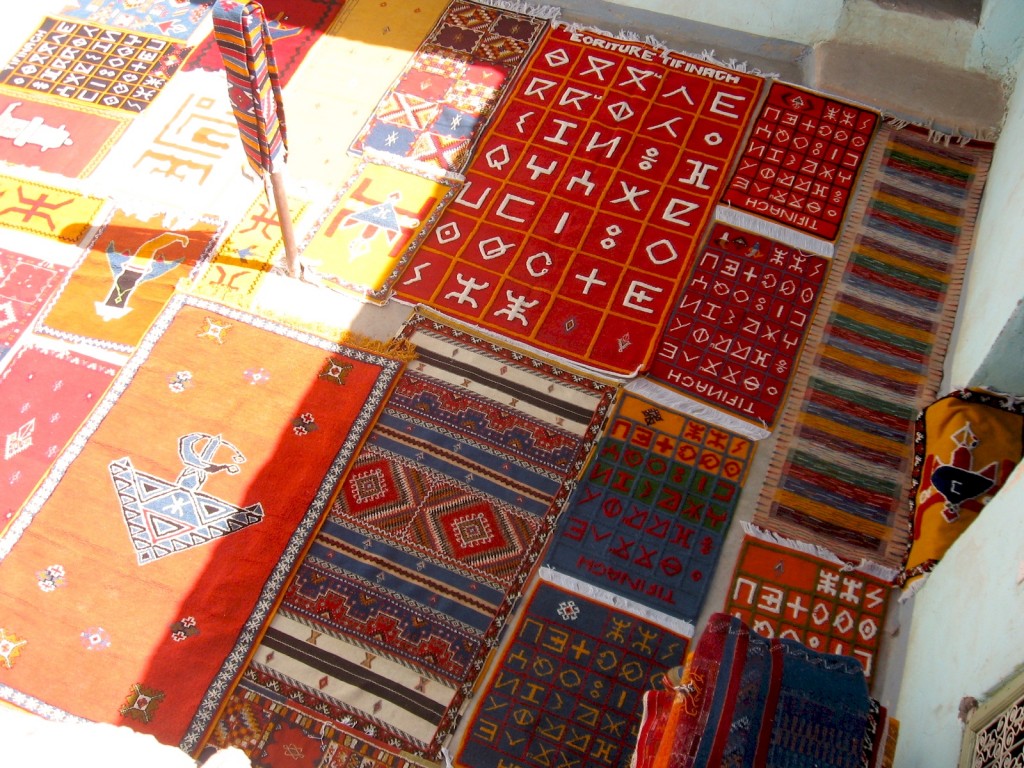
Related Reading




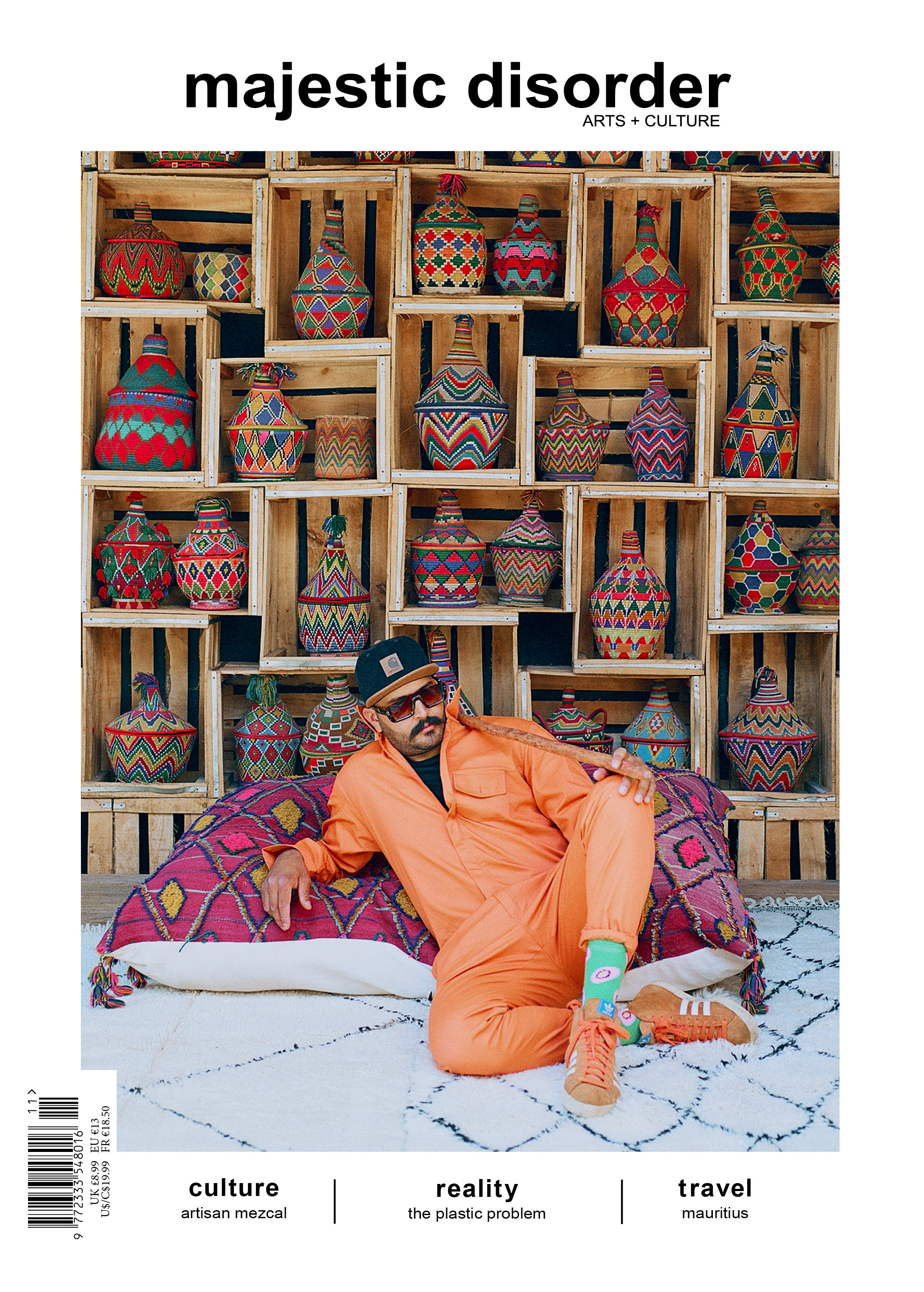
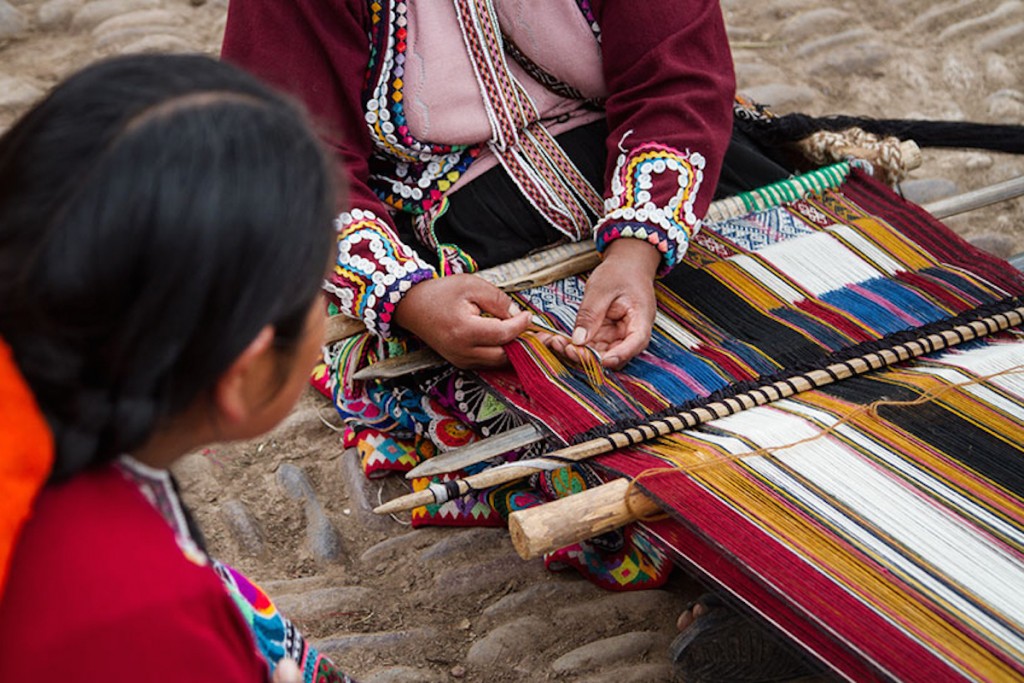
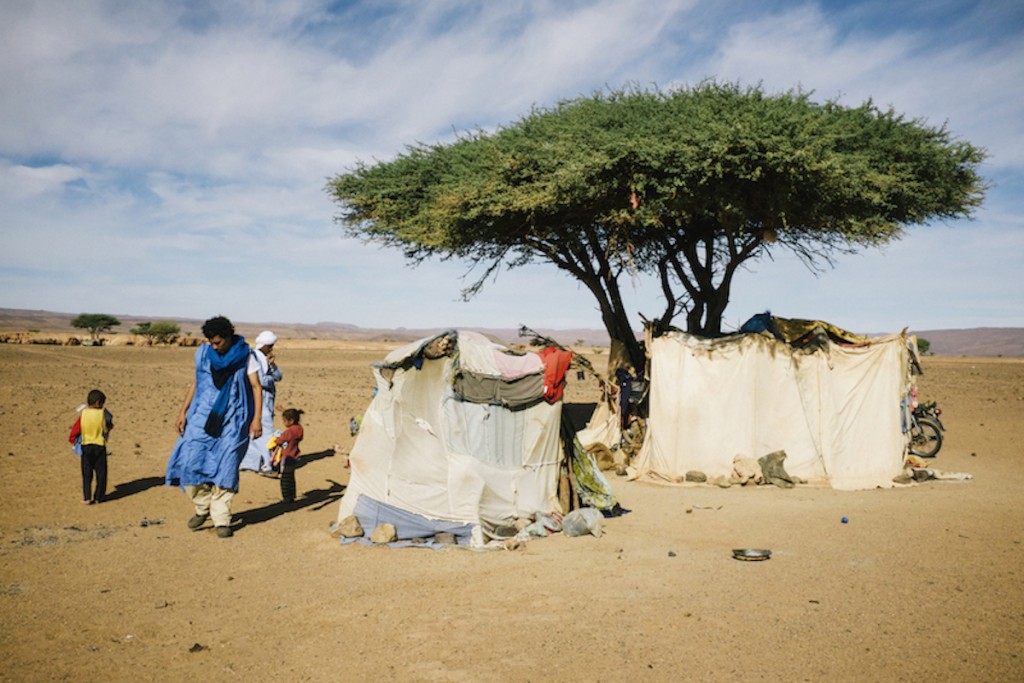
 @majesticdisorder
@majesticdisorder